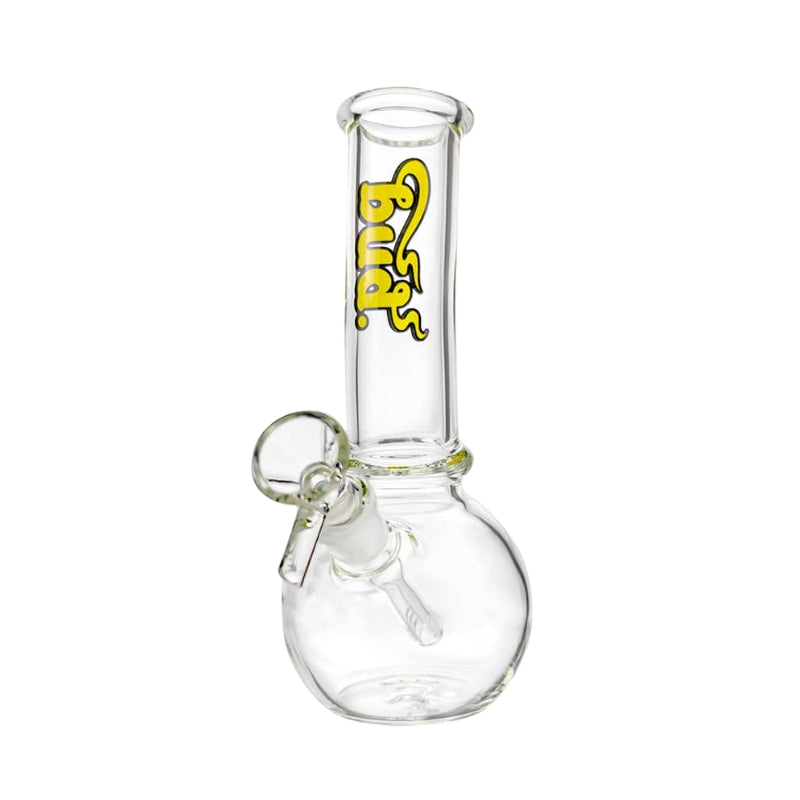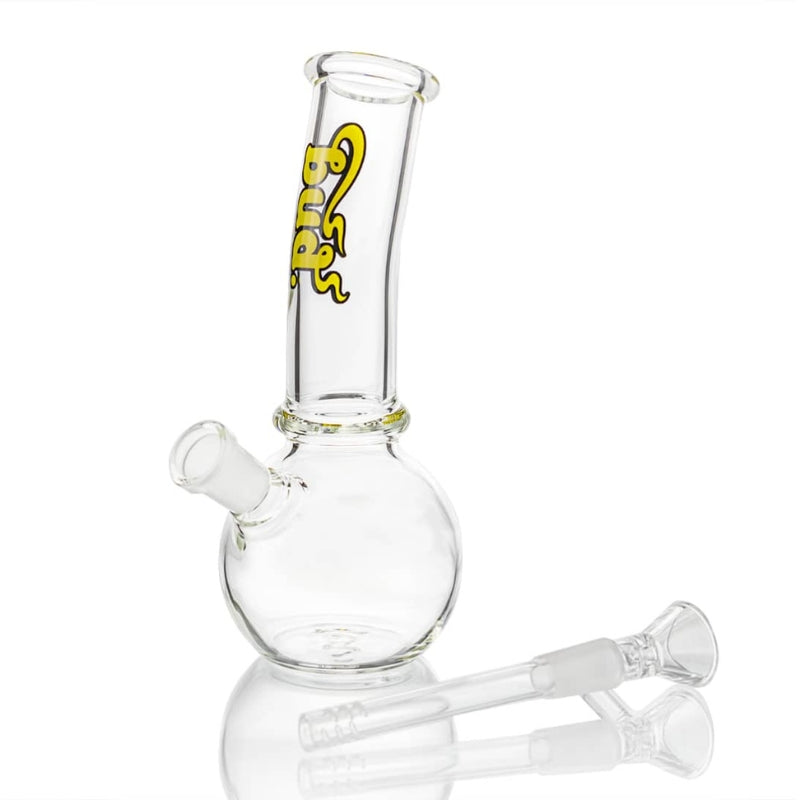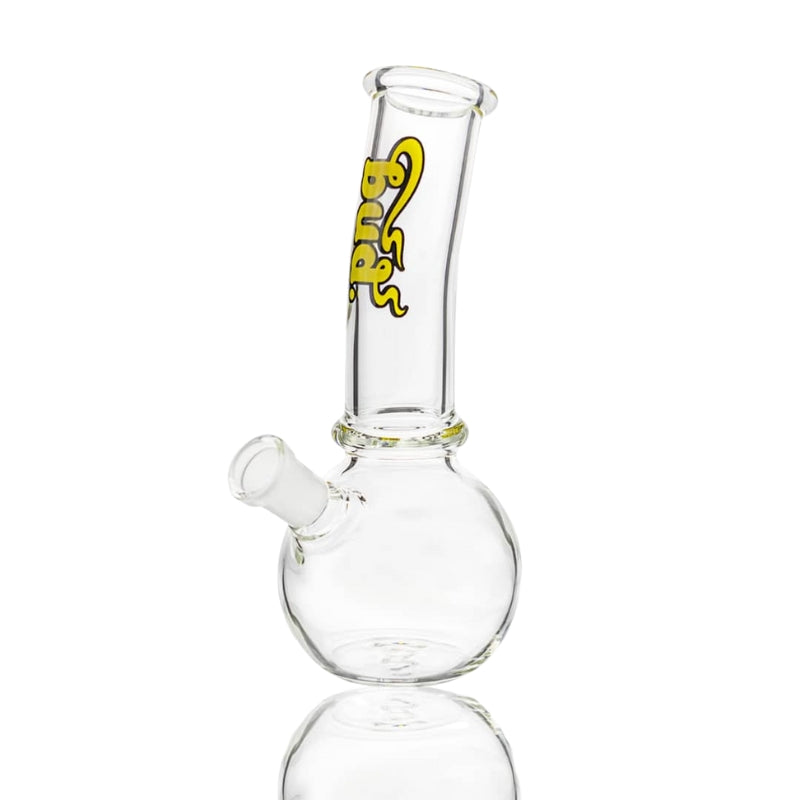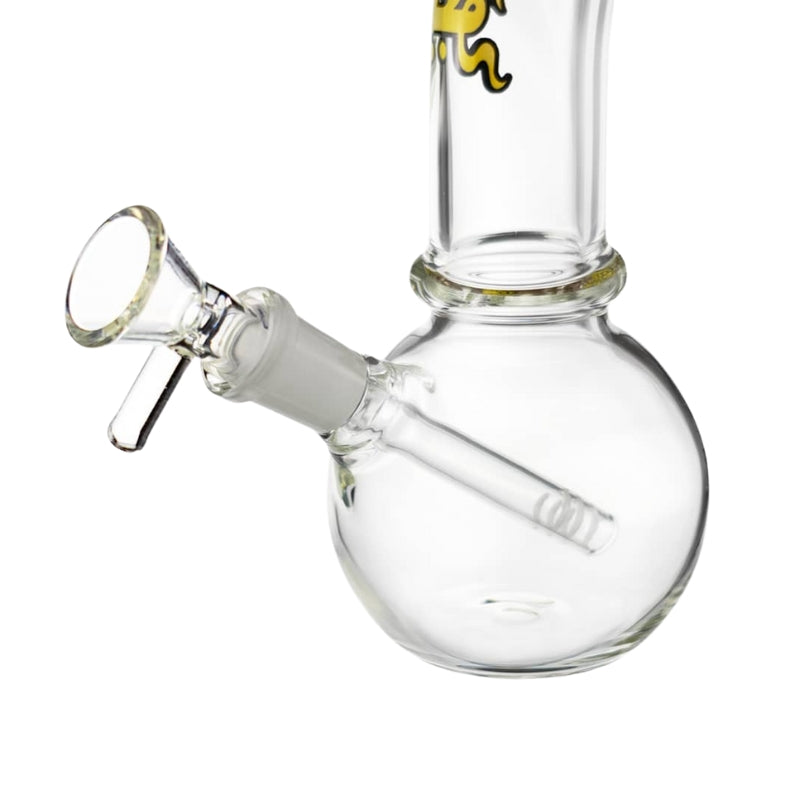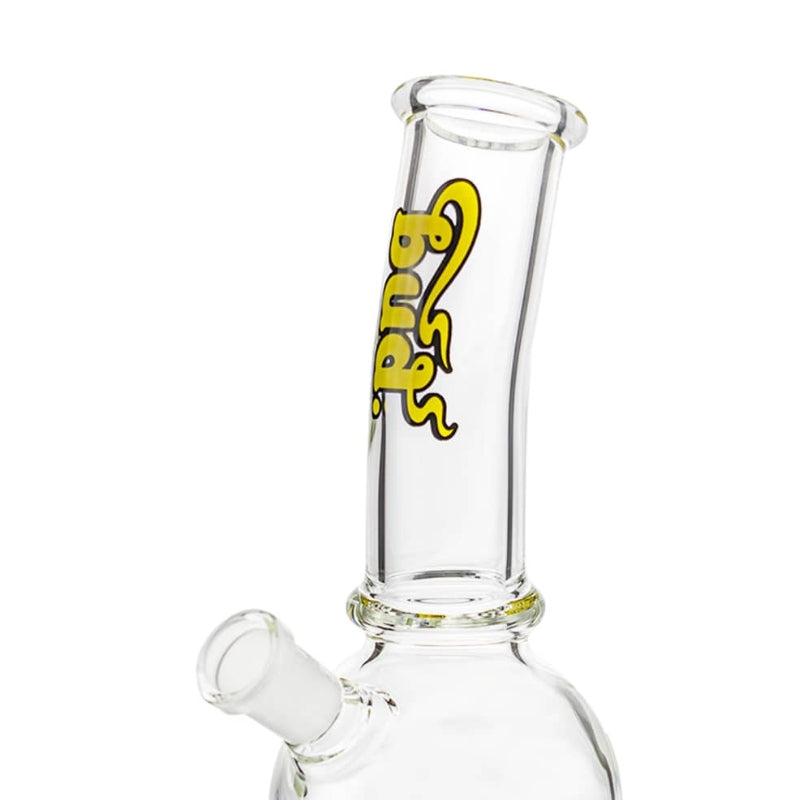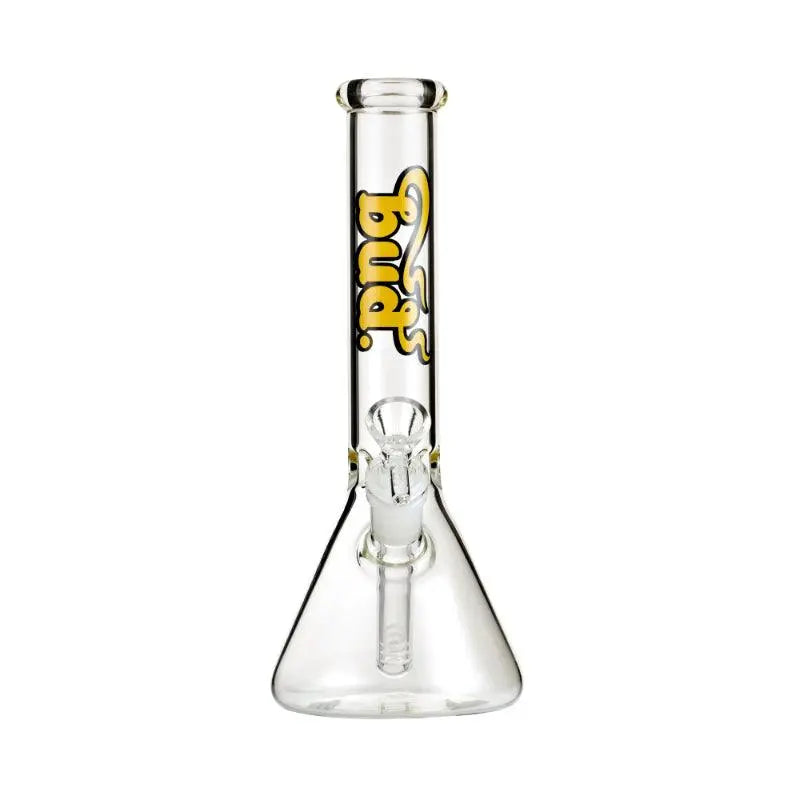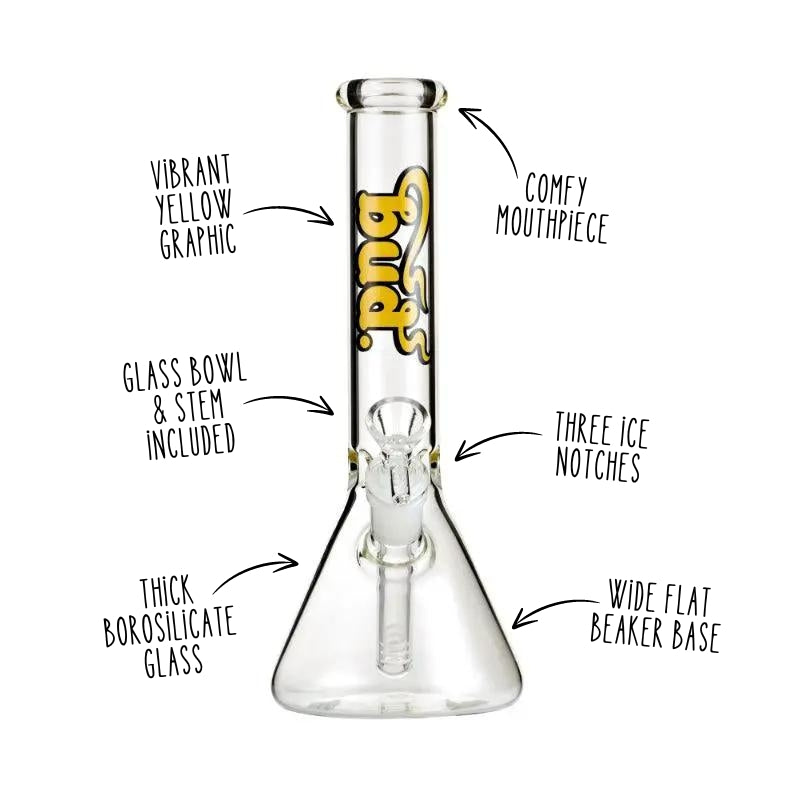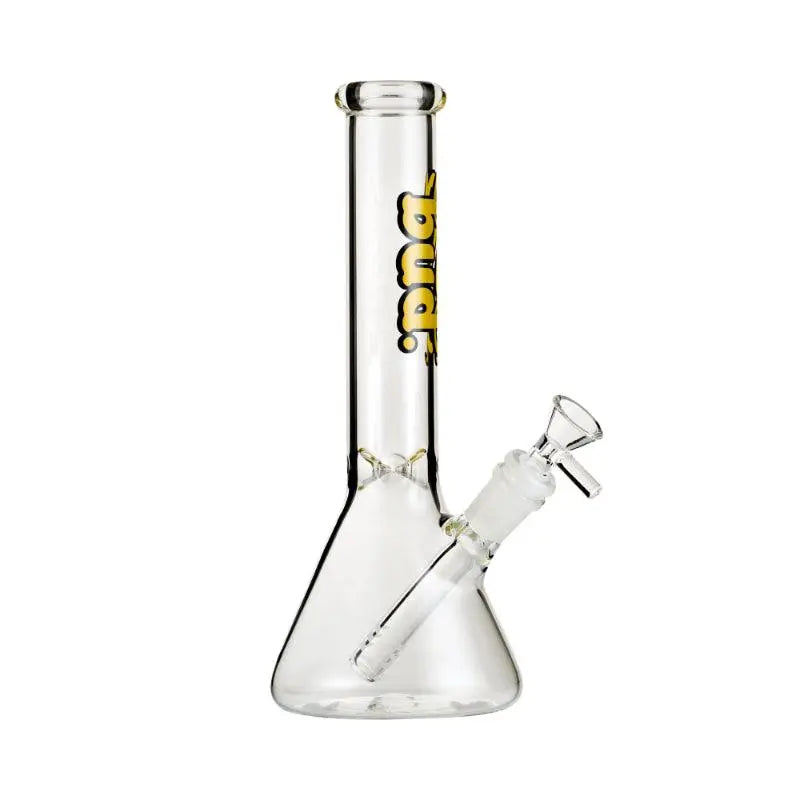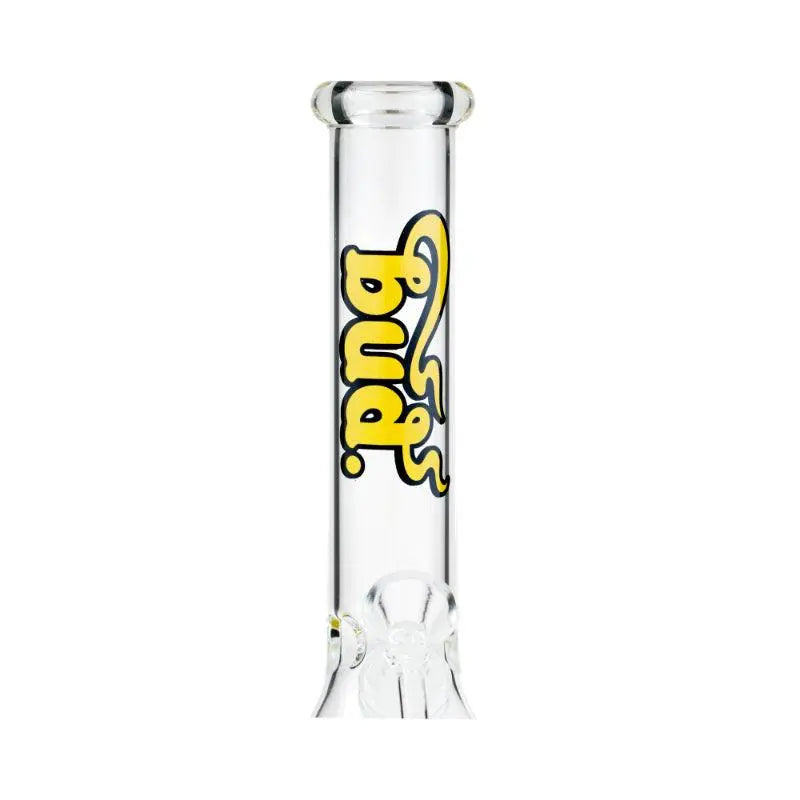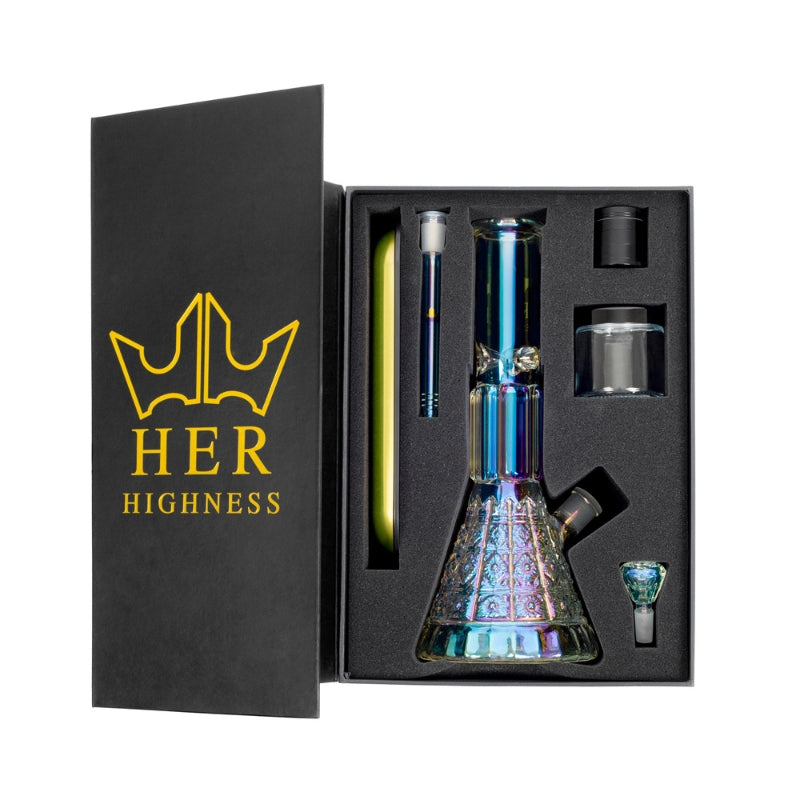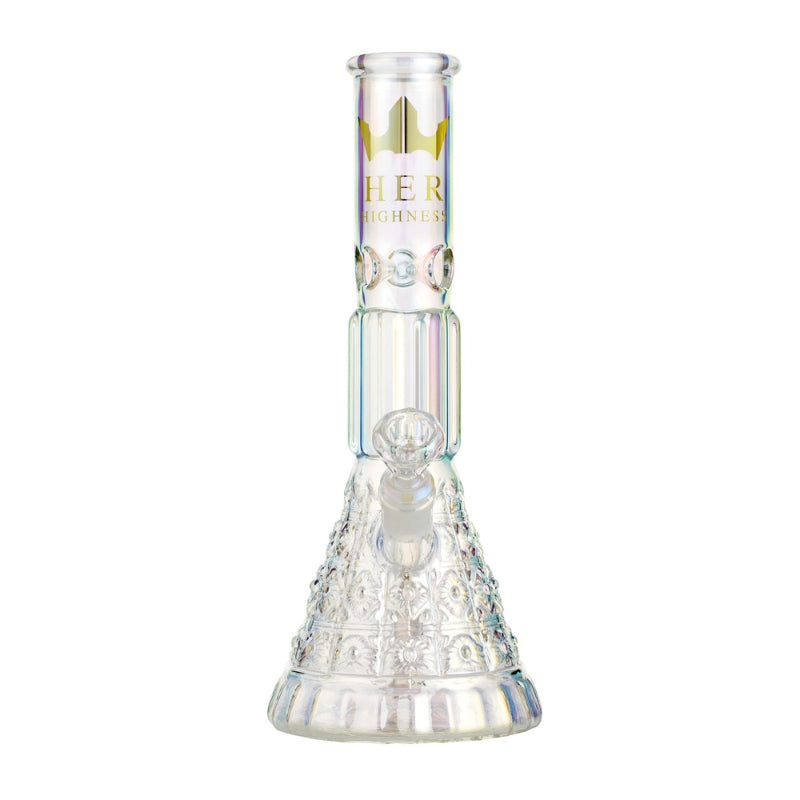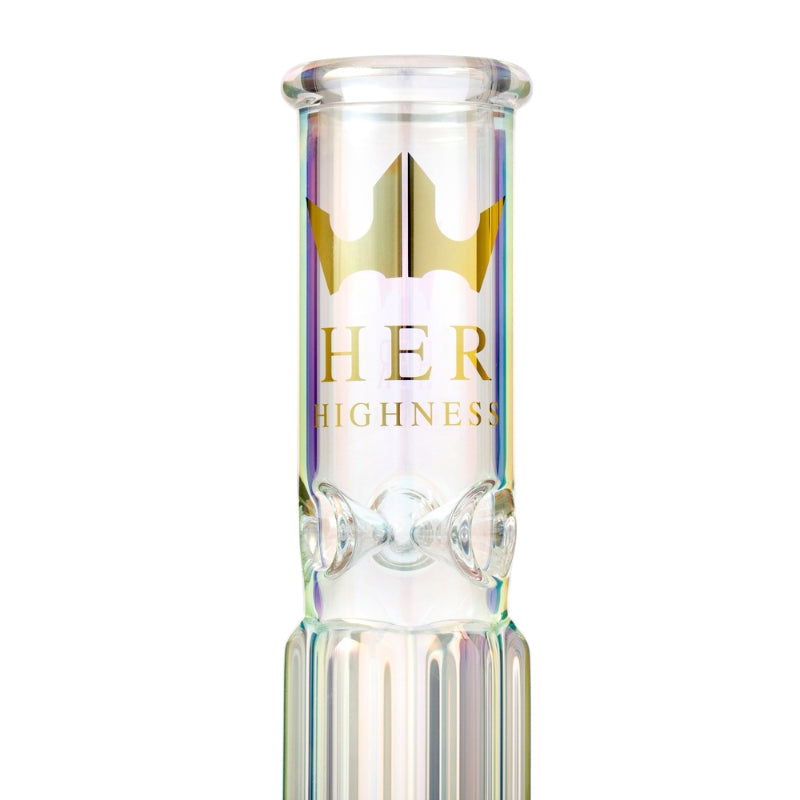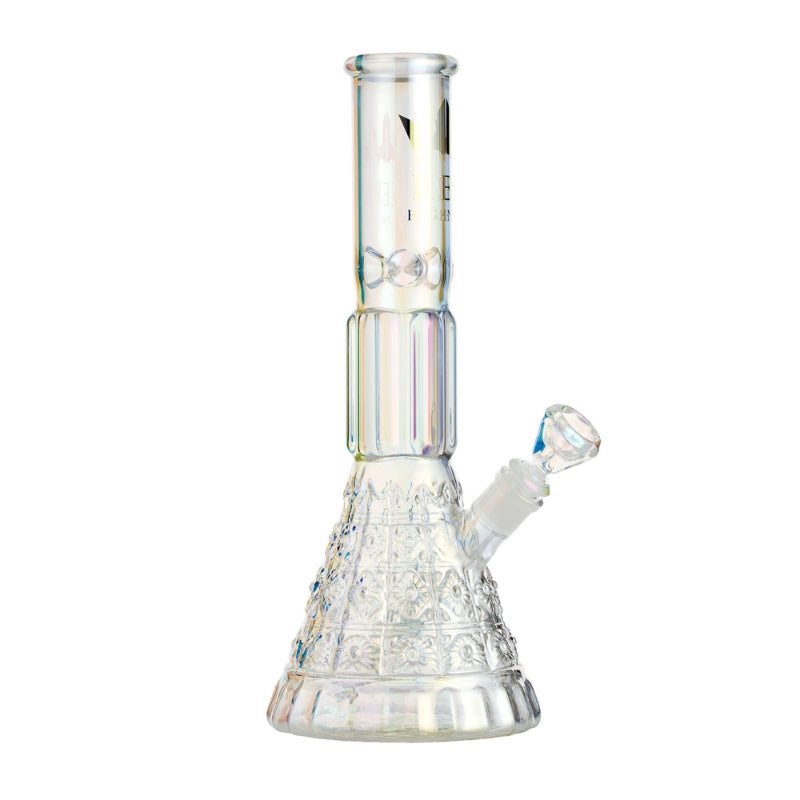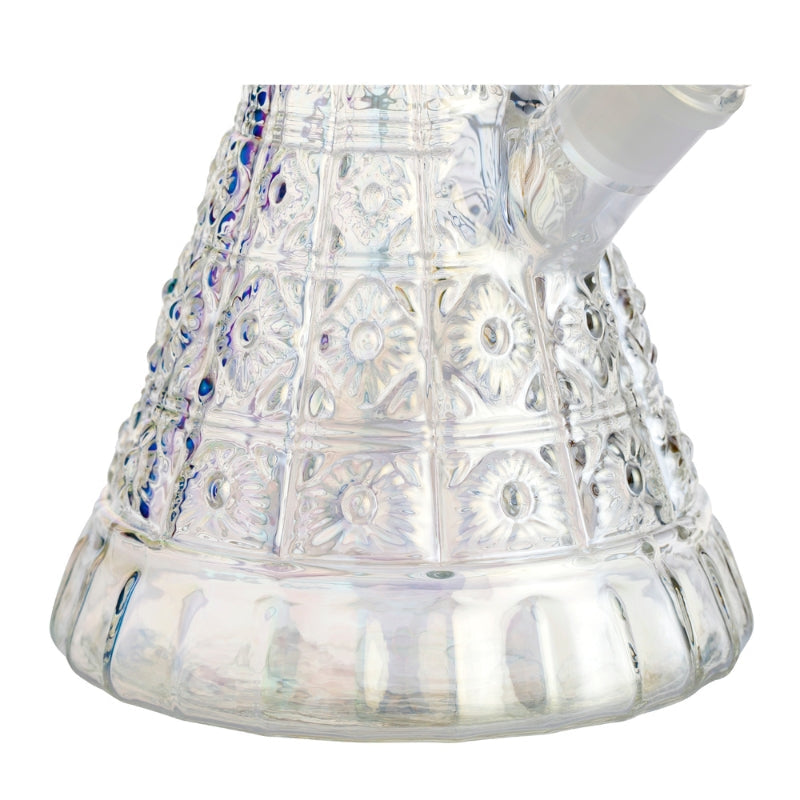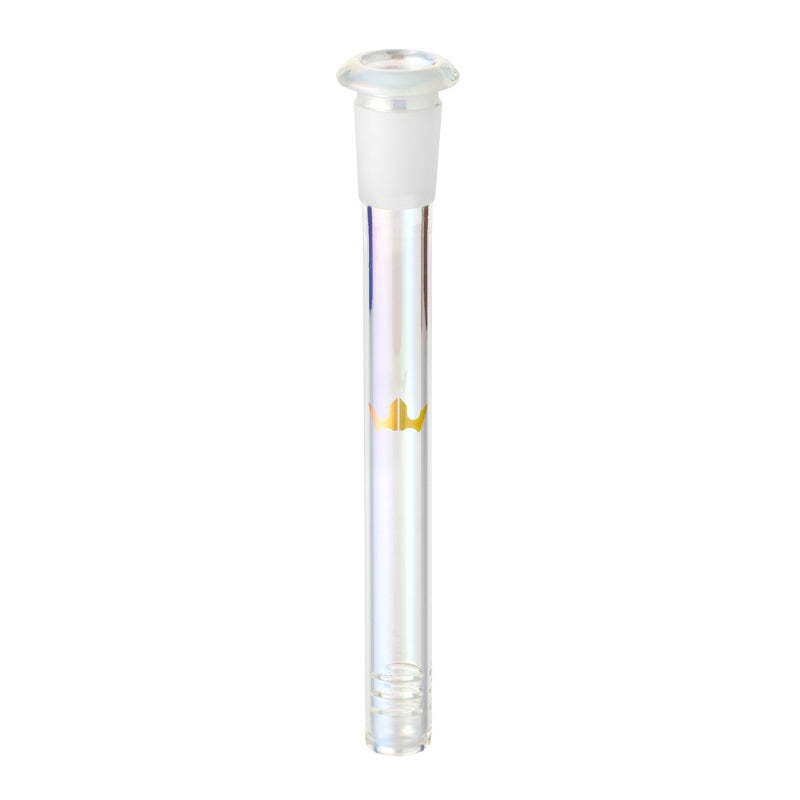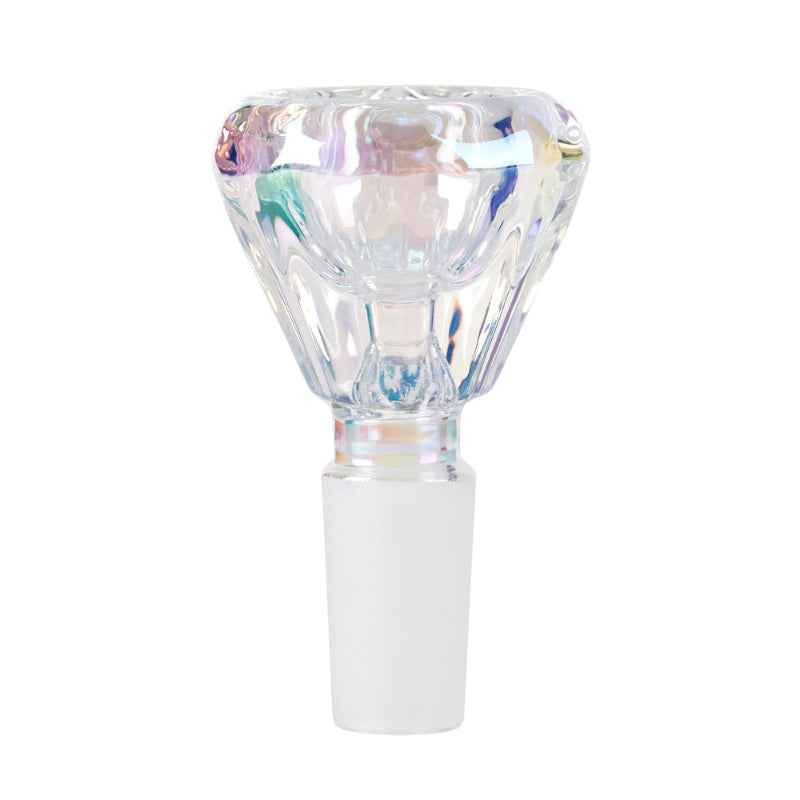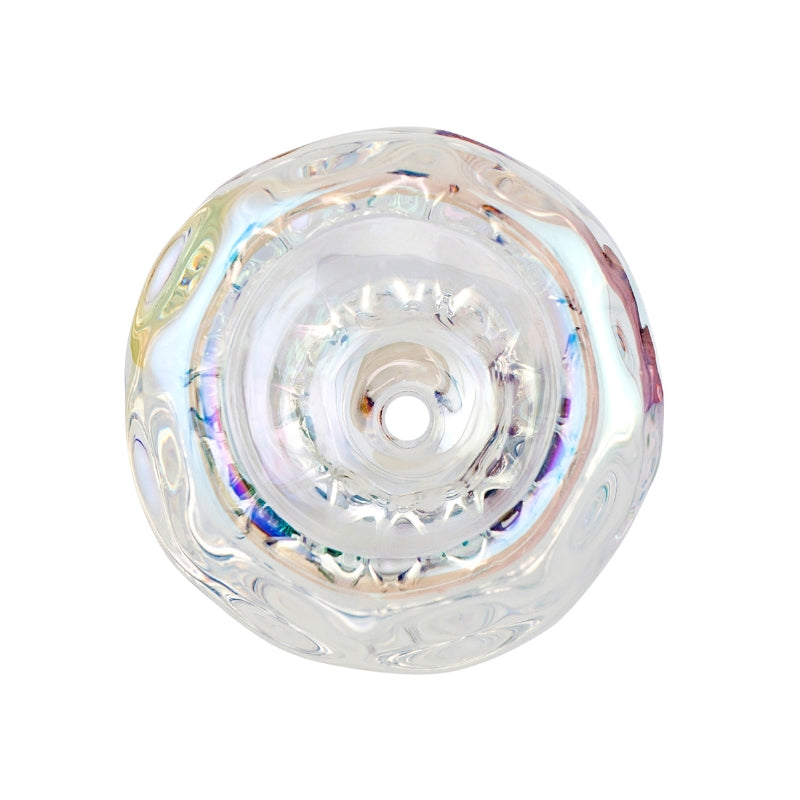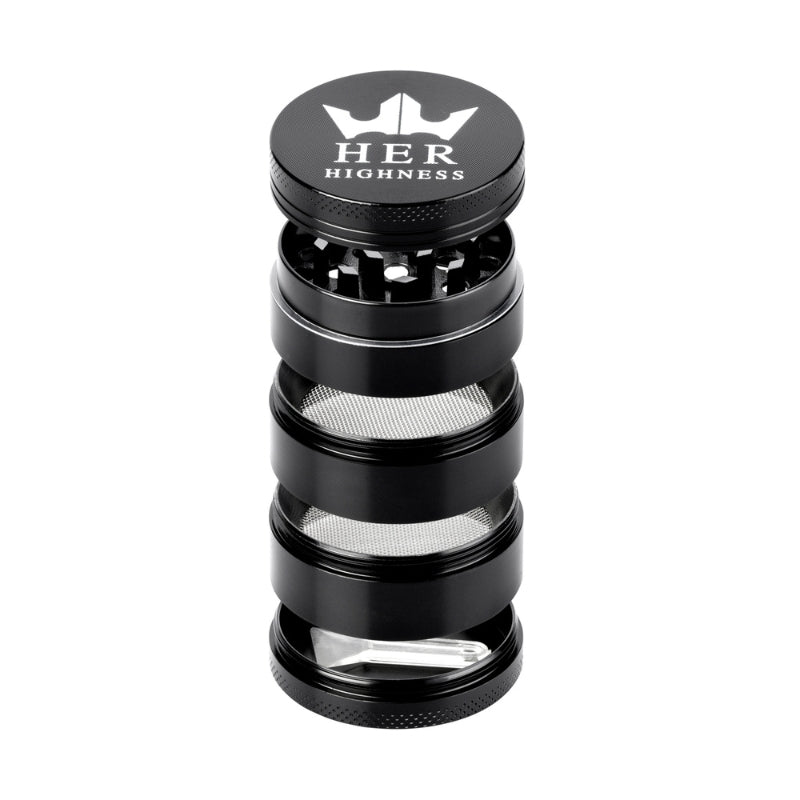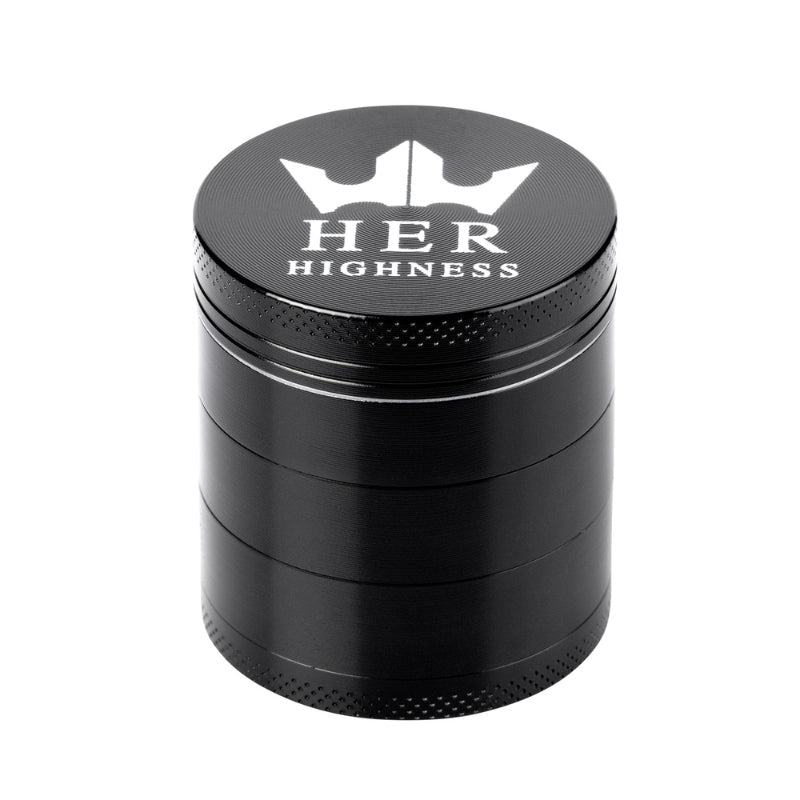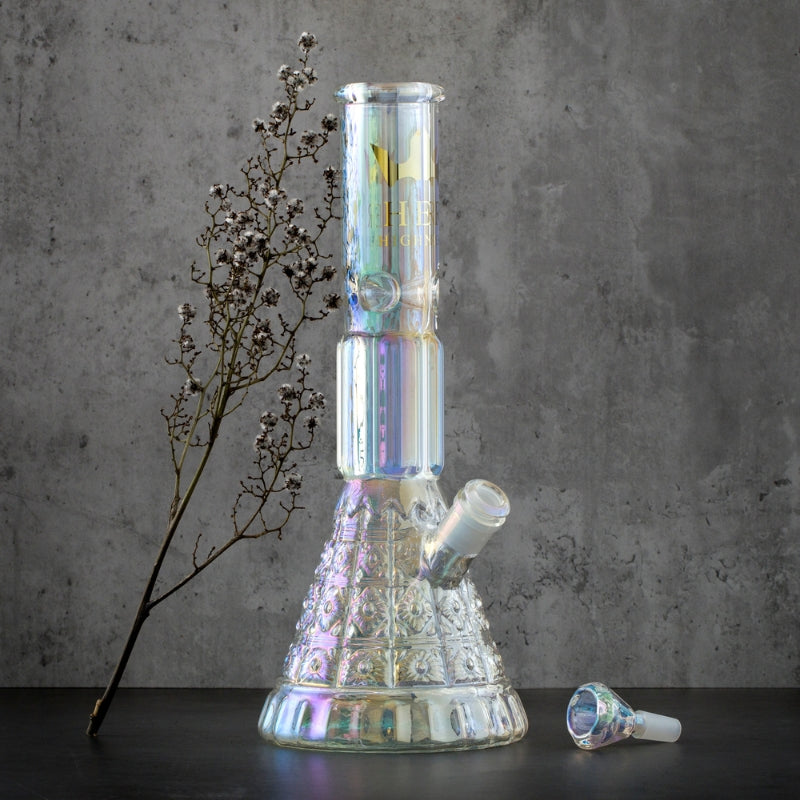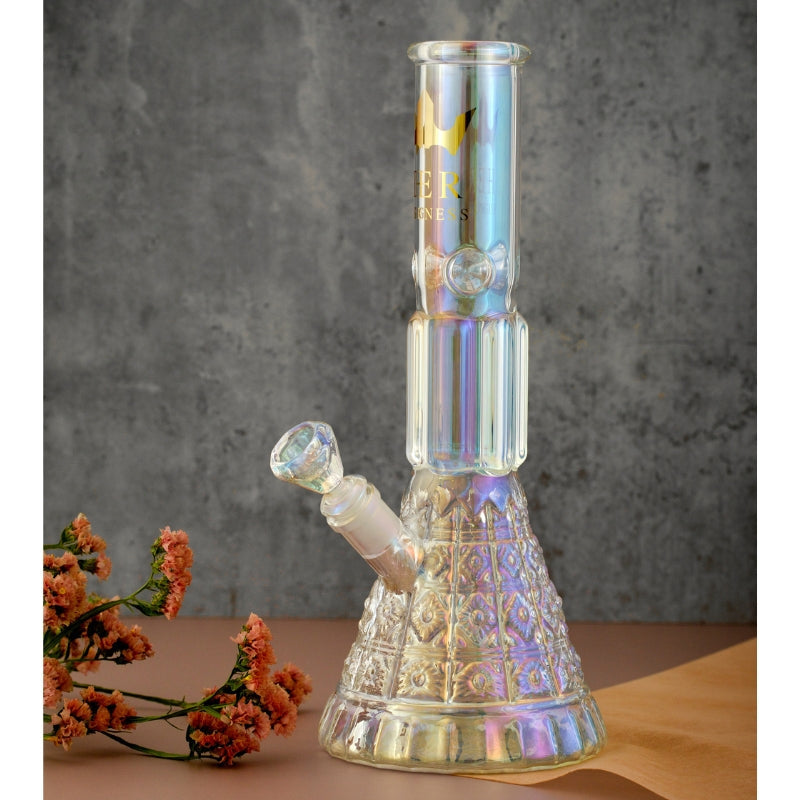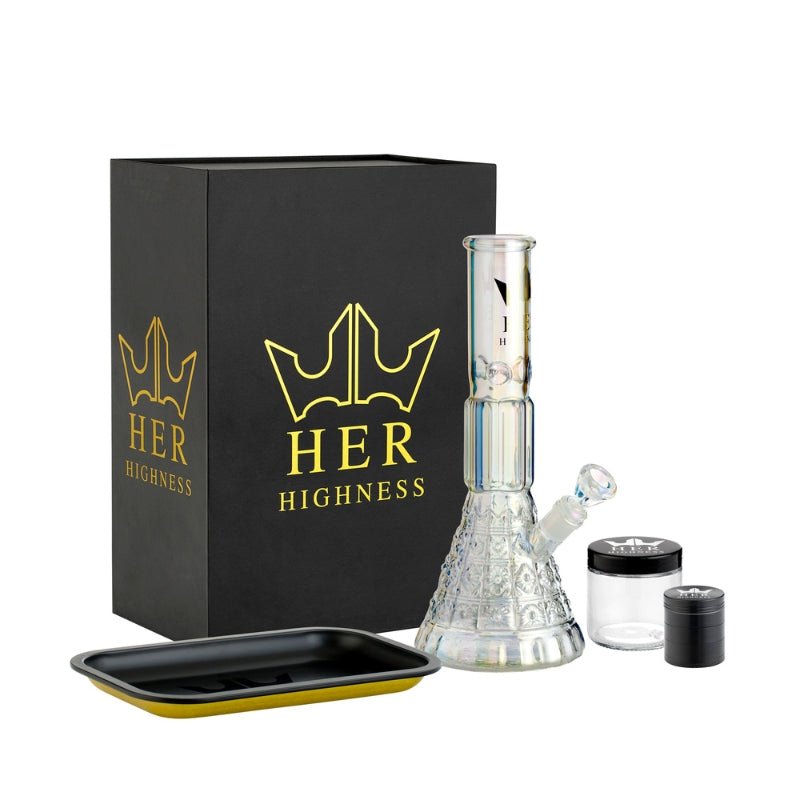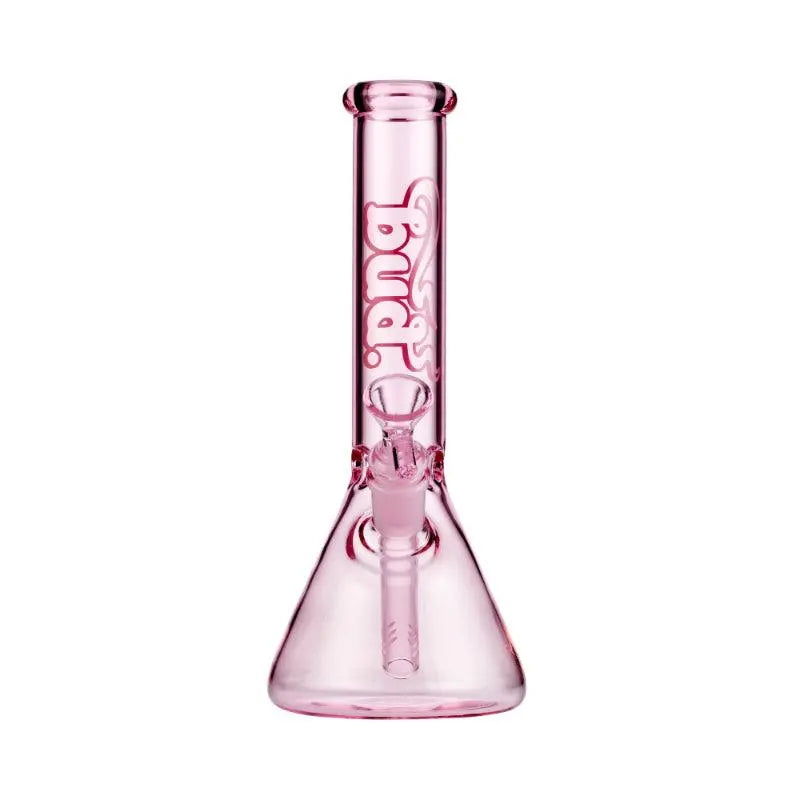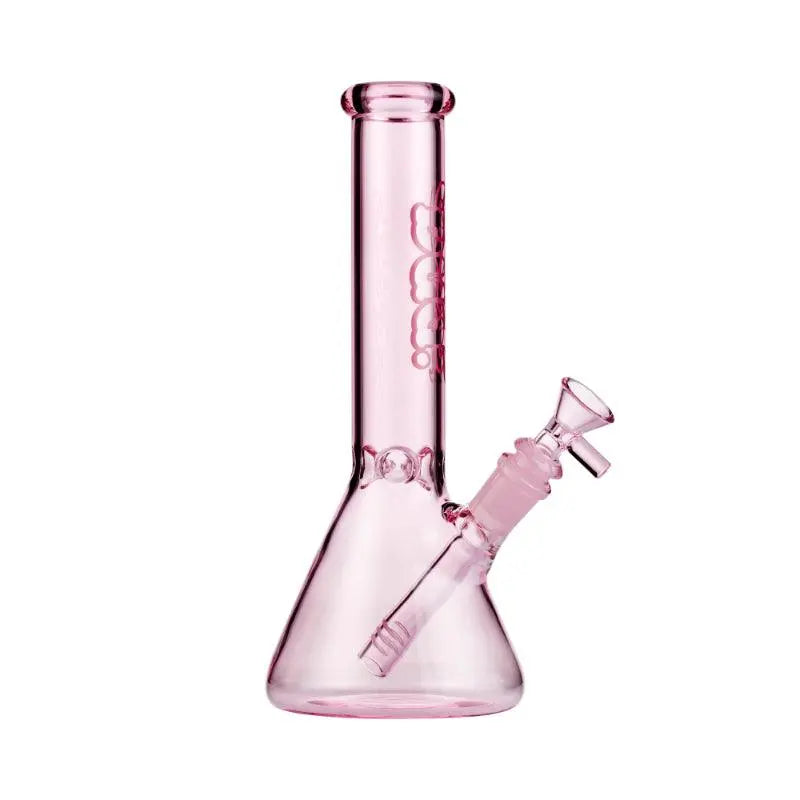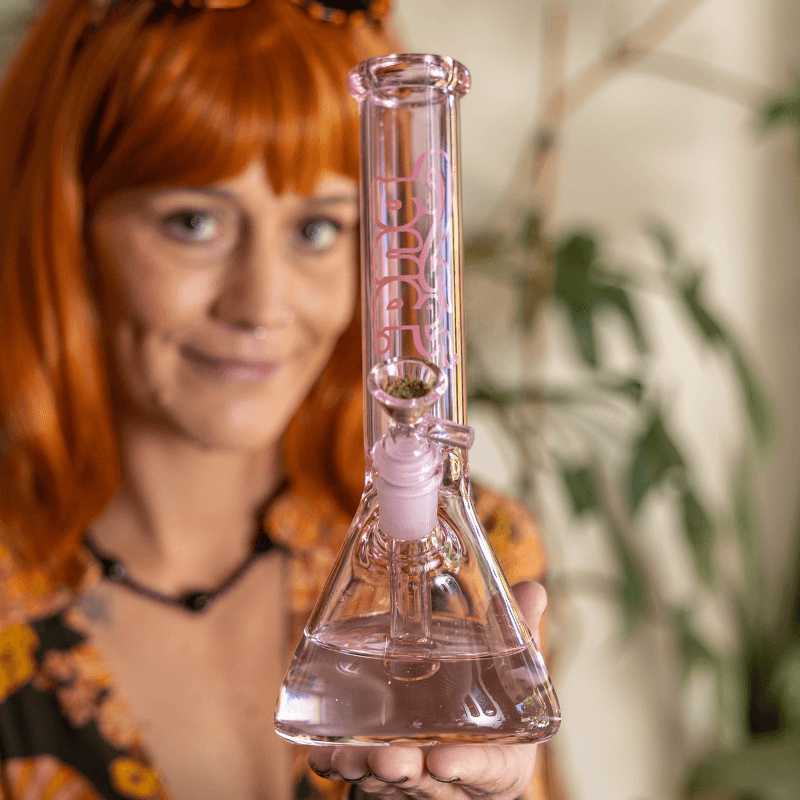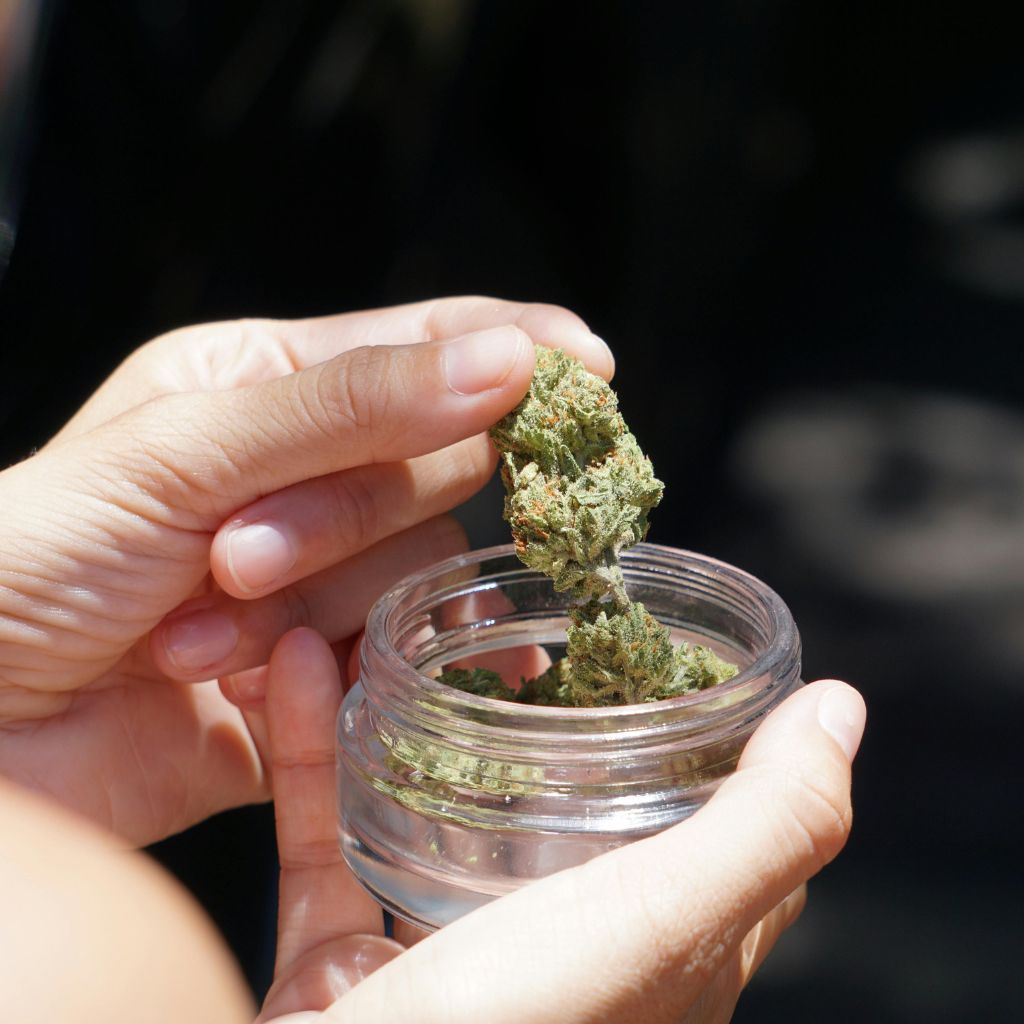
Indica vs Sativa: Understanding the Differences & Effects
Article at a Glance:
- Indica and sativa cannabis varieties differ physically. Indica plants are compact and bushy, while sativa plants grow taller with extended branches.
- Indica strains typically promote relaxation, while sativa varieties offer energising effects.
- When selecting strains, consider cannabinoid ratios, terpenes and tolerance levels. Modern hybrids combine characteristics of both varieties.
When exploring types of cannabis, indica vs sativa represents a fundamental distinction that shapes how enthusiasts select their strains. These two types of weed have distinct characteristics that influence the user experience in unique ways. Cannabis has been used across cultures for millennia and today's evolving legal landscape has intensified interest in understanding sativa vs indica differences. This knowledge is crucial for making informed choices about which strains might best suit your needs.
This comprehensive guide will explore:
- Botanical characteristics and origins
- Growth patterns and chemical profiles
- Effects and experiences
- Common misconceptions
- Strain selection guidance
- Hybrid varieties
Whether you're seeking relaxation or creative stimulation, understanding the nuances between these two cannabis strains will help empower your cannabis journey. Let's delve into this fascinating exploration of cannabis varieties, separating fact from fiction to help you navigate the diverse world of indica and sativa with confidence.
- The Basics: Indica vs Sativa
- Physical Characteristics
- Effects on the Body and Mind
- Indica vs Sativa vs Hybrid
- Choosing Between Indica and Sativa
- Common Misconceptions About Indica vs Sativa
- Indica vs Sativa for Medical Use
- Consumption Methods: Indica vs Sativa
- Legal Considerations in Australia
- Conclusion
- FAQs
The Basics: Indica vs Sativa
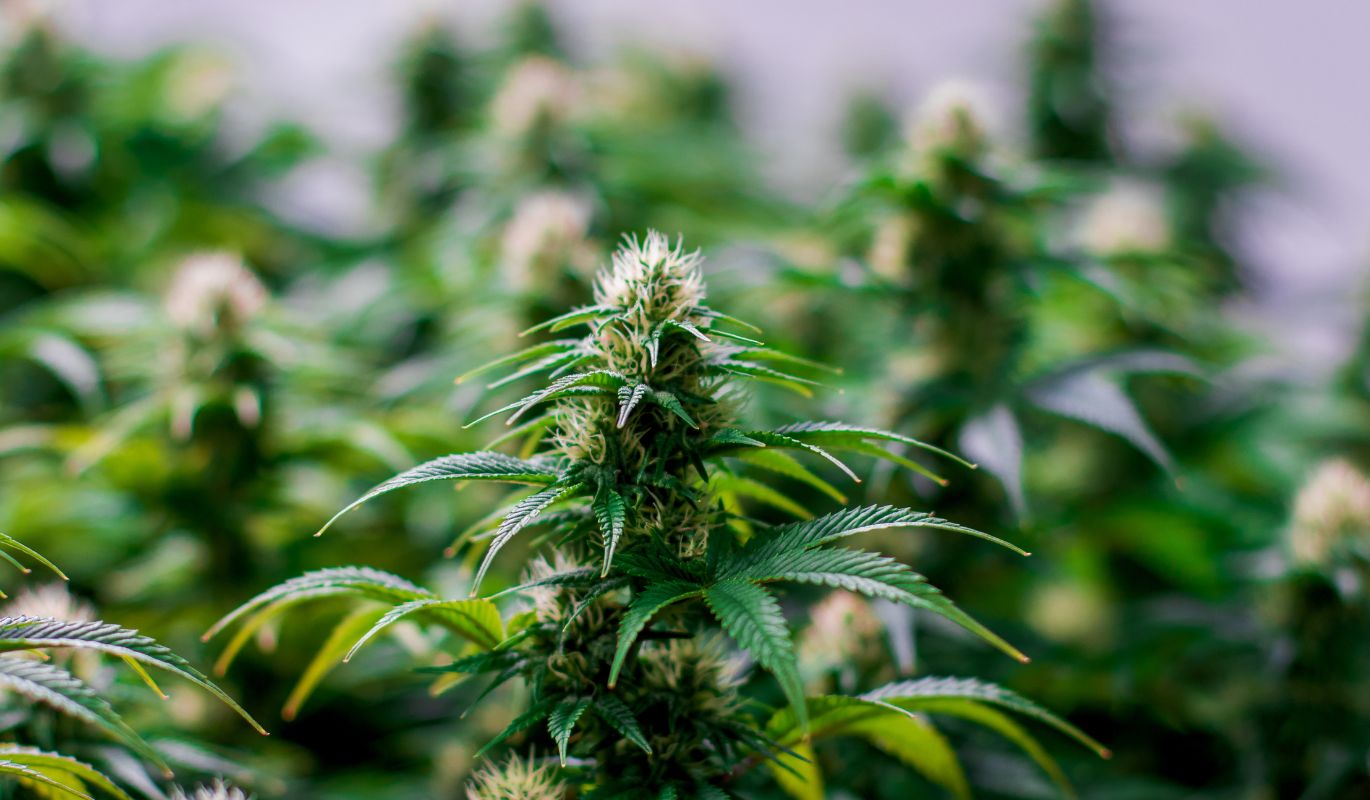
What Is Indica?
Indica strains, a distinctive category of cannabis plants, are widely recognized for their calming properties. These plants exhibit characteristic broad leaves, compact structure, and thick buds. Native to the Hindu Kush mountain range, indica varieties are celebrated for their potentially sedative effects, making them a preferred choice for those seeking tranquility and improved sleep.
What Is Sativa?
Sativa strains stand out for their potentially invigorating and stimulating effects. These cannabis plants feature elongated, lean structures with thin leaves. Originating from equatorial regions, sativa strains are typically chosen by individuals seeking daytime consumption, enhanced creativity, and elevated spirits.
Historical Background of Strain Classification
The indica vs sativa classification system emerged in the 18th century. Swedish botanist Carl Linnaeus initially documented Cannabis sativa in 1753, followed by French naturalist Jean-Baptiste Lamarck's identification of Cannabis indica in 1785. This historical distinction established the foundation for our contemporary understanding of cannabis varieties, influencing growing methods and usage preferences within the cannabis community.
The sativa vs indica categorization has been fundamental in cannabis culture, helping consumers select strains aligned with their desired outcomes. However, contemporary research indicates that the distinctions between indica and sativa may be more nuanced than traditionally thought, with cannabinoid and terpene profiles significantly influencing a strain's effects.
Physical Characteristics
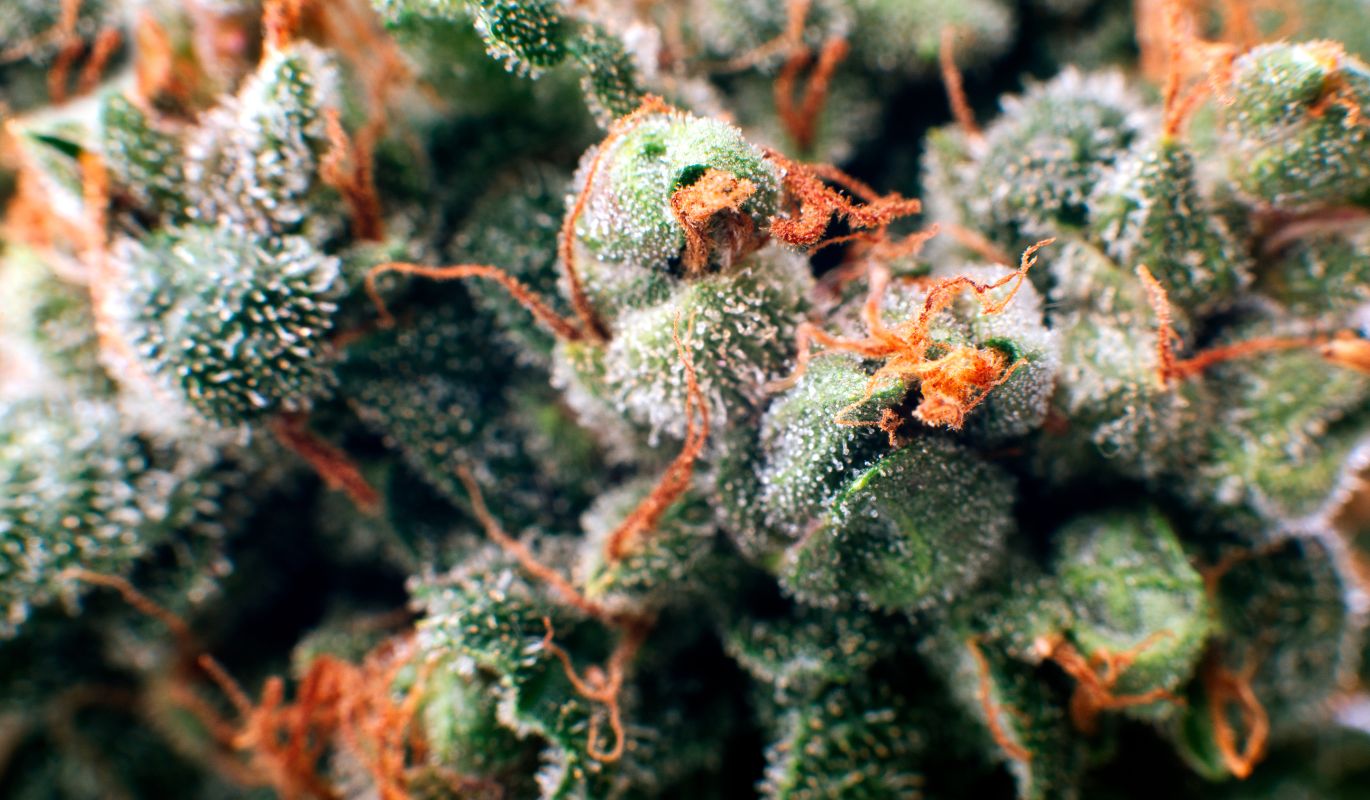
When exploring the difference between sativa and indica, understanding the physical differences between these cannabis varieties is essential for both growers and users. Let's delve into the distinctive characteristics of these two primary cannabis types, examining their growth patterns, leaf structure, and flowering periods.
Indica Plants
Growth Patterns
Indica weed plants are renowned for their sturdy, compact growth habit. These robust plants typically reach modest heights of 3 to 6 feet, making them perfectly suited for indoor cultivation or discrete outdoor growing. Their dense structure facilitates efficient light penetration, yielding more product per square metre compared to sativa varieties.
Leaf Structure
In the indica vs sativa comparison, indica leaves stand out with their broad, dark green appearance and wide, short blades. This distinctive leaf structure evolved as an adaptation to cooler climates, enabling the plant to capture more sunlight in regions with brief growing seasons. The wide leaves contribute significantly to the plant's characteristic bushy appearance.
Flowering Time
A notable advantage of indica strains is their swift flowering period. Most indica plants complete their flowering cycle within 6 to 8 weeks, enabling quicker harvests and potentially multiple growing cycles annually. This rapid maturation particularly benefits commercial cultivators and those in regions with shorter summers.
Sativa Plants
Growth Patterns
Unlike their indica counterparts, sativa plants exhibit tall, slender growth patterns. These impressive plants can stretch to heights of 8 to 12 feet or more, particularly in outdoor settings. Their elongated structure demands more vertical space and often requires specific training techniques for indoor cultivation.
Leaf Structure
The sativa vs indica distinction is particularly evident in leaf structure. Sativa leaves feature long, narrow blades with a lighter green hue. This leaf configuration promotes superior air circulation within the plant canopy, crucial for survival in humid, tropical environments where sativas naturally flourish. These distinct leaf shapes serve as a quick visual identifier between the two varieties.
Flowering Time
Sativa strains typically require a longer flowering period compared to indicas. Most sativa plants need 10 to 12 weeks or more to complete their flowering cycle. This extended growth period allows for the development of complex terpene profiles and potentially higher cannabinoid concentrations, contributing to their characteristic effects.
Chemical Composition
THC and CBD Levels
While individual strains can vary, when comparing indica vs sativa, indica plants generally contain higher concentrations of CBD (Cannabidiol) compared to THC (Tetrahydrocannabinol). This unique chemical makeup typically results in more calming and sedating effects. In the sativa vs indica comparison, sativa varieties tend to showcase elevated THC levels, contributing to their invigorating and uplifting characteristics. However, it's worth noting that modern hybridisation has significantly blurred these traditional distinctions, making individual strain analysis essential for accurate effect prediction.
Terpene Profiles
The aromatic compounds called terpenes significantly influence the distinct effects of indica and sativa varieties. Indica strains commonly feature elevated levels of myrcene, a terpene known for promoting relaxation and sedation. In contrast, sativa strains typically contain higher concentrations of limonene and pinene, terpenes associated with enhanced mood and mental clarity. These unique terpene profiles contribute to the characteristic aromas and flavours of different cannabis varieties.
Other Cannabinoids
Beyond THC and CBD, both indica and sativa varieties contain various other cannabinoids affecting their overall impact. Compounds like CBN (Cannabinol), CBG (Cannabigerol), and THCV (Tetrahydrocannabivarin) appear in varying levels across different strains. These lesser-known cannabinoids influence the entourage effect, potentially enhancing or modulating the primary effects of THC and CBD in both varieties.
Effects on the Body and Mind
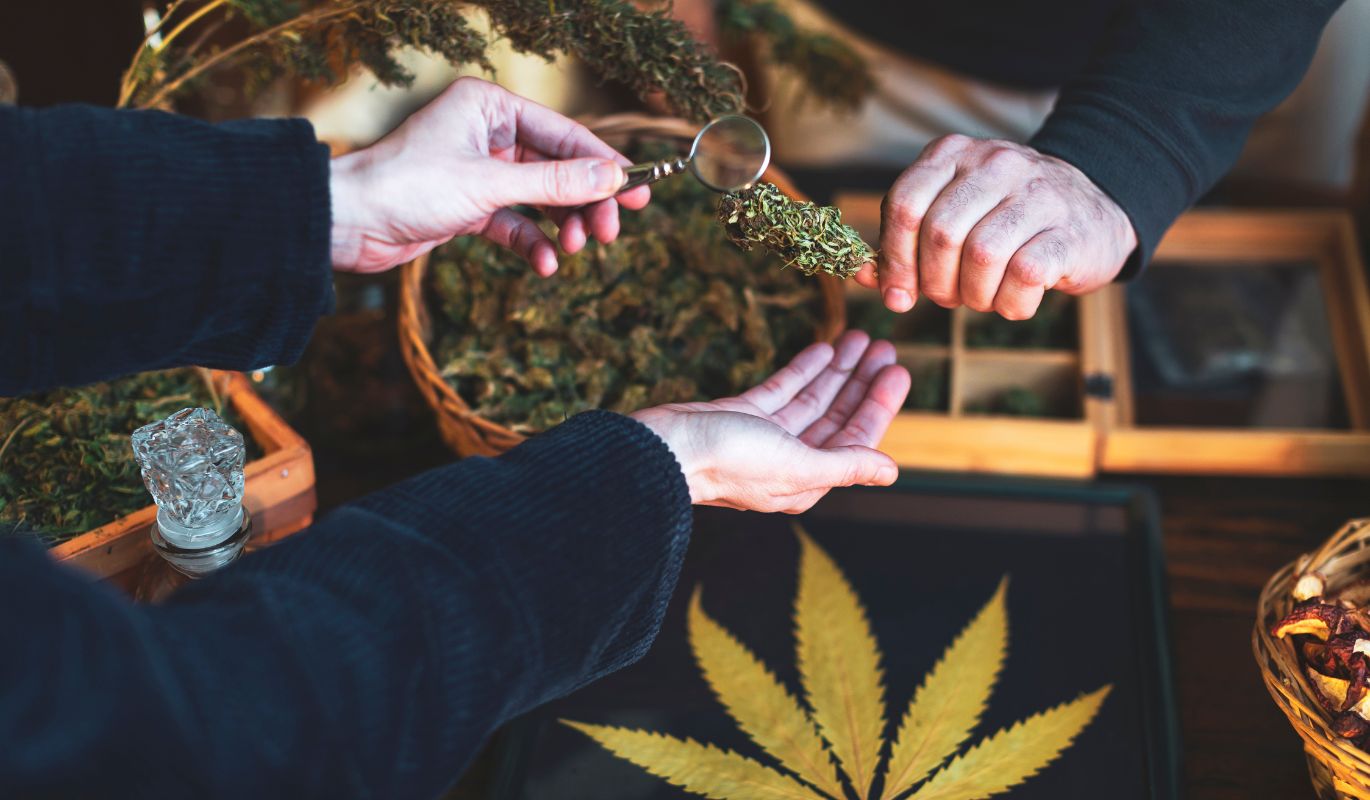
When exploring the sativa vs indica comparison, understanding their unique impacts on your physical and mental state is essential for selecting the ideal strain. Let's examine their distinctive characteristics:
Indica Effects
Physical Sensations
Indica varieties are known for their powerful bodily effects. Users typically experience:
- Intense muscular relaxation
- A weighty sensation throughout the body
- Notable pain-relieving properties
- Possible sedation or physical heaviness
Mental Effects
The psychological effects of indica strains commonly include:
- Deep mental relaxation
- Decreased anxiety and tension
- Gentle euphoric sensations
- Mental calmness and drowsiness
Common Uses
Thanks to their relaxing qualities, indica strains are frequently chosen for:
- Addressing chronic pain conditions
- Improving sleep quality and insomnia
- Assisting with stress relief and minimising anxiety
- Managing various medical symptoms and medicinal purposes
- Promoting a relaxing effect
Sativa Effects
Physical Sensations
The indica vs sativa debate shows sativas produce milder physical effects, but users often report:
- Heightened physical energy
- Reduced bodily tiredness
- Possible increased pulse rate
- Enhanced sensory awareness
Mental Effects
Sativa strains typically deliver more pronounced psychoactive effects:
- Boosted creative thinking and concentration
- Improved mood and euphoric feelings
- Greater social interaction and chattiness
- Sharpened mental clarity
- Promoting an energizing effect
Common Uses
People typically choose sativa strains for:
- Increasing energy and efficiency
- Addressing depression and mood issues
- Supporting creative activities and problem-solving
- Social gatherings and recreational purposes
Indica vs Sativa vs Hybrid
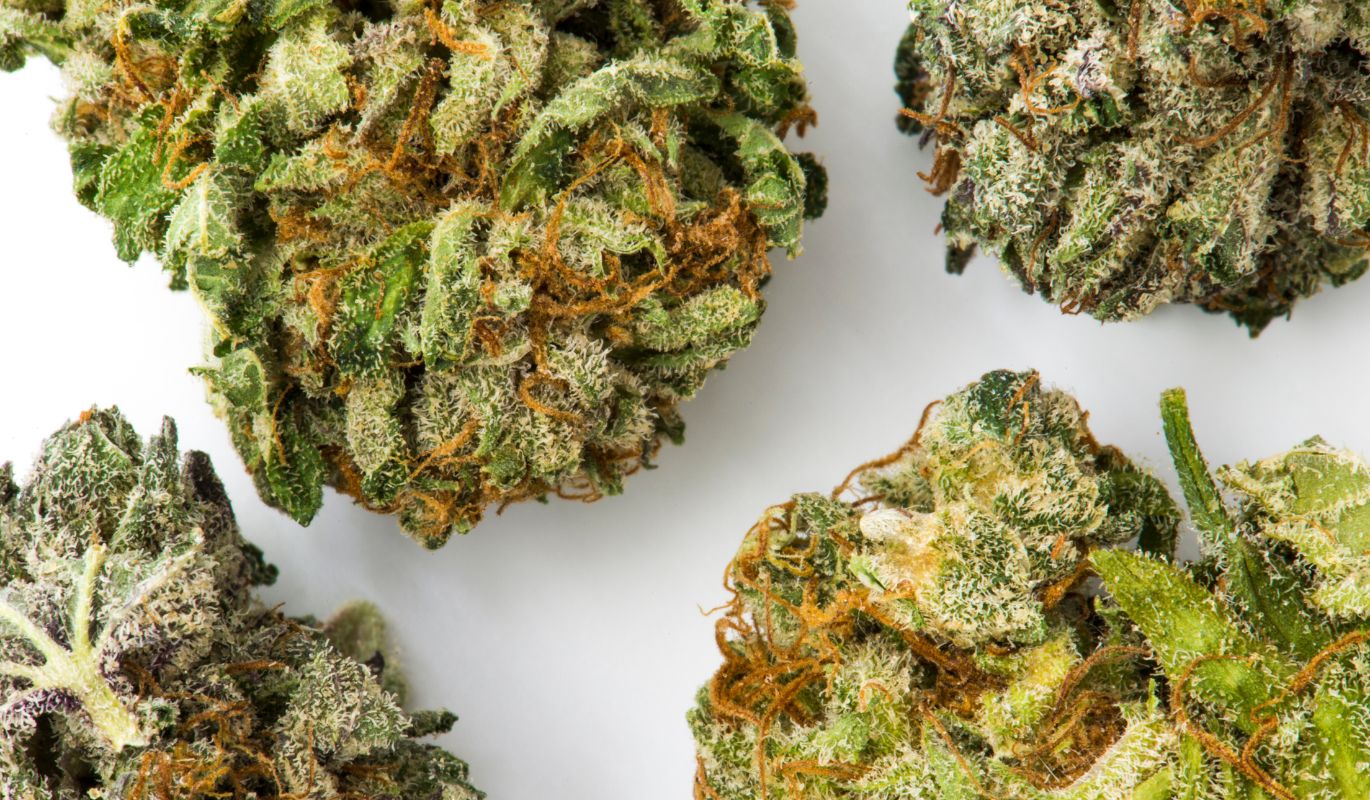
Understanding whats the difference between indica and sativa, it's essential to recognise that marijuana enthusiasts have more options beyond these two primary categories. Hybrid strains represent an innovative fusion of indica and sativa weed properties, delivering a balanced experience that many users find ideal. Let's explore how hybrid strains bridge the divide in the ongoing sativa vs indica discussion.
Definition of Hybrid Strains
Hybrid strains emerge from the careful crossbreeding of indica and sativa plants, resulting in varieties that inherit characteristics from both parent strains. These hybrids may display stronger indica or sativa tendencies, or maintain an equal balance of both. Cultivators develop hybrids to harness the finest attributes of both indica and sativa varieties, providing users with precisely tailored experiences that address specific requirements or desires.
In the context of indica vs sativa effects, hybrids typically offer:
- An equilibrium between relaxation and vitality
- Targeted symptom management
- Customised effects based on the hybrid's specific composition
Understanding where a strain sits on the indica-sativa spectrum is vital for selecting the right hybrid.
Popular Indica-Dominant Hybrids
Indica-dominant hybrids emphasise the calming effects associated with indica strains while retaining some sativa characteristics. These varieties often appeal to users seeking relief from tension, worry, or discomfort, whilst maintaining mental clarity.
Notable indica-dominant hybrids include:
- Girl Scout Cookies (GSC): Distinguished by its sweet fragrance and robust effects
- Northern Lights: Famous for its resin-rich flowers and deeply calming properties
- Granddaddy Purple: Notable for its purple colouration and grape-like taste
When weighing indica vs sativa effects, these hybrids deliver a more nuanced experience than pure indica strains, suitable for evening use or relaxation without complete sedation.
Popular Sativa-Dominant Hybrids
Sativa-dominant hybrids emphasise the invigorating effects typical of sativa strains while incorporating select indica traits. These varieties often appeal to users seeking mental stimulation, creative enhancement, or daytime use, while benefiting from indica's mellowing influence. Notable sativa-dominant hybrids include:
- Blue Dream: Celebrated for its well-balanced effects and berry aroma
- Sour Diesel: Famous for its distinctive fuel-like scent and energising properties
- Jack Herer: Named for the cannabis advocate and known for its clear-minded elevation
In the sativa vs indica comparison, these hybrids provide a more sophisticated experience than pure sativa strains, delivering energy and focus without excessive stimulation or unease.
Choosing Between Indica and Sativa
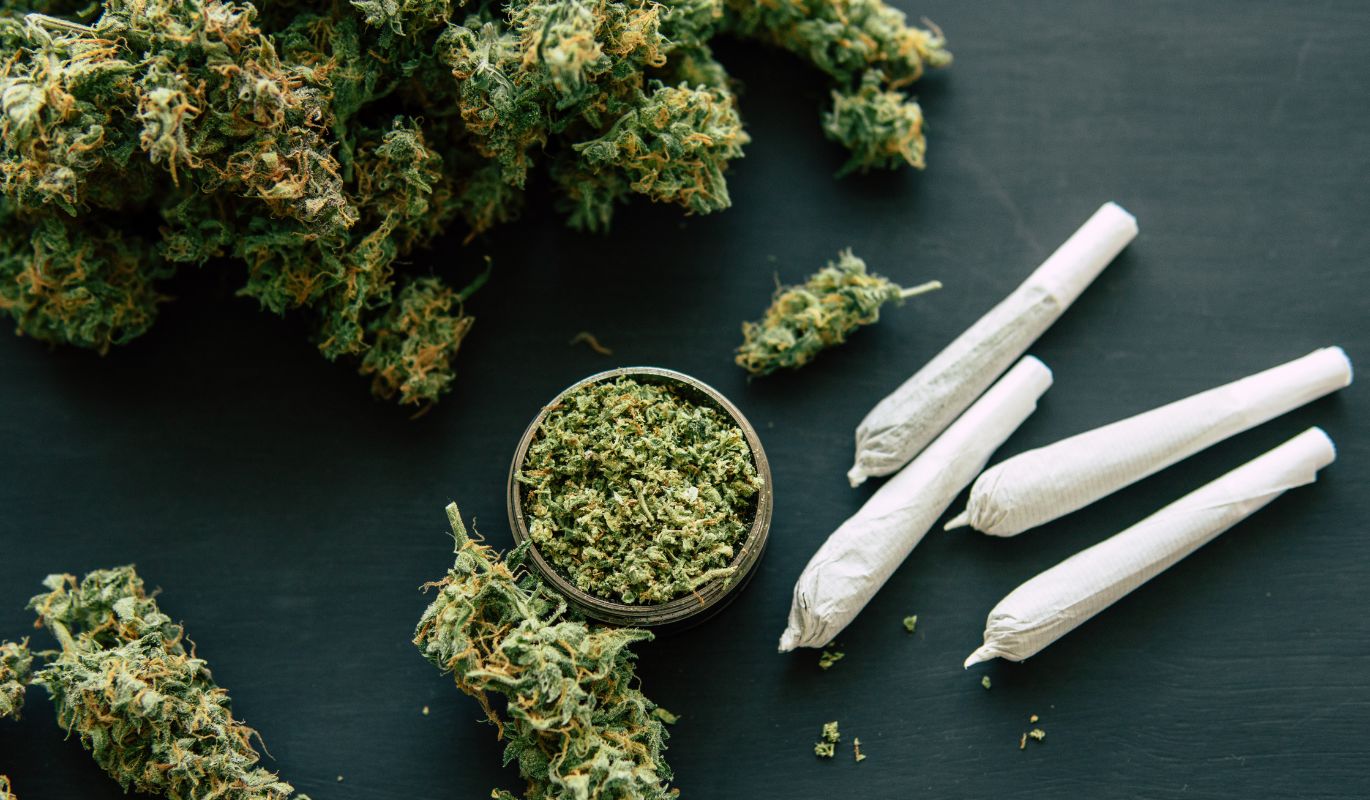
When exploring cannabis varieties, understanding the sativa vs indica distinction is essential. This section examines the crucial aspects to consider when selecting between indica and sativa strains, optimal usage periods, and how to choose the appropriate variety based on your intended purpose.
Factors to Consider in the Indica vs Sativa Debate
Several key elements influence the choice between indica and sativa strains:
- Expected Effects: Indica varieties typically promote relaxation and calmness, while sativa strains tend to provide energising and uplifting effects.
- Cannabinoid Levels: The THC to CBD proportions vary between indica and sativa varieties, affecting the overall experience.
- Aromatic Profile: The fragrant compounds differ between indica and sativa strains, influencing both effects and taste.
- Individual Response: Your body's unique reaction to cannabis impacts how you experience indica vs sativa effects.
- Cultivation Environment: Indica plants generally prefer cooler climates, while sativa varieties thrive in warmer conditions, affecting availability.
Time of Day Usage
Timing plays a vital role when choosing between sativa and indica strains:
- Morning and Daytime Use: Sativa varieties are commonly selected for daytime consumption, potentially boosting concentration and imagination.
- Evening and Nighttime Use: Indica strains are typically preferred for evening consumption, possibly aiding relaxation and sleep.
- Afternoon Use: Hybrid varieties, blending indica and sativa genetics, can deliver balanced effects suitable for midday use.
Medical vs Recreational Use
Consider your purpose when selecting between indica and sativa varieties:
Medical Use
- Pain Relief: Indica strains may be favoured for their potential pain-reducing qualities.
- Stress Management: Many users report indica strains as more effective for decreasing anxiety.
- Appetite Enhancement: Select indica strains might help stimulate appetite.
Recreational Use
- Social Activities: Sativa varieties could be ideal for gatherings due to their potentially energising effects.
- Artistic Projects: Many users select sativa strains for creative endeavours.
- Unwinding: Indica varieties might be chosen for post-work relaxation.
Understanding these elements can guide your decision-making when choosing between indica and sativa strains. Remember that individual experiences vary significantly, and it's crucial to begin with modest doses and seek medical advice when using cannabis for therapeutic purposes.
Common Misconceptions About Indica vs Sativa
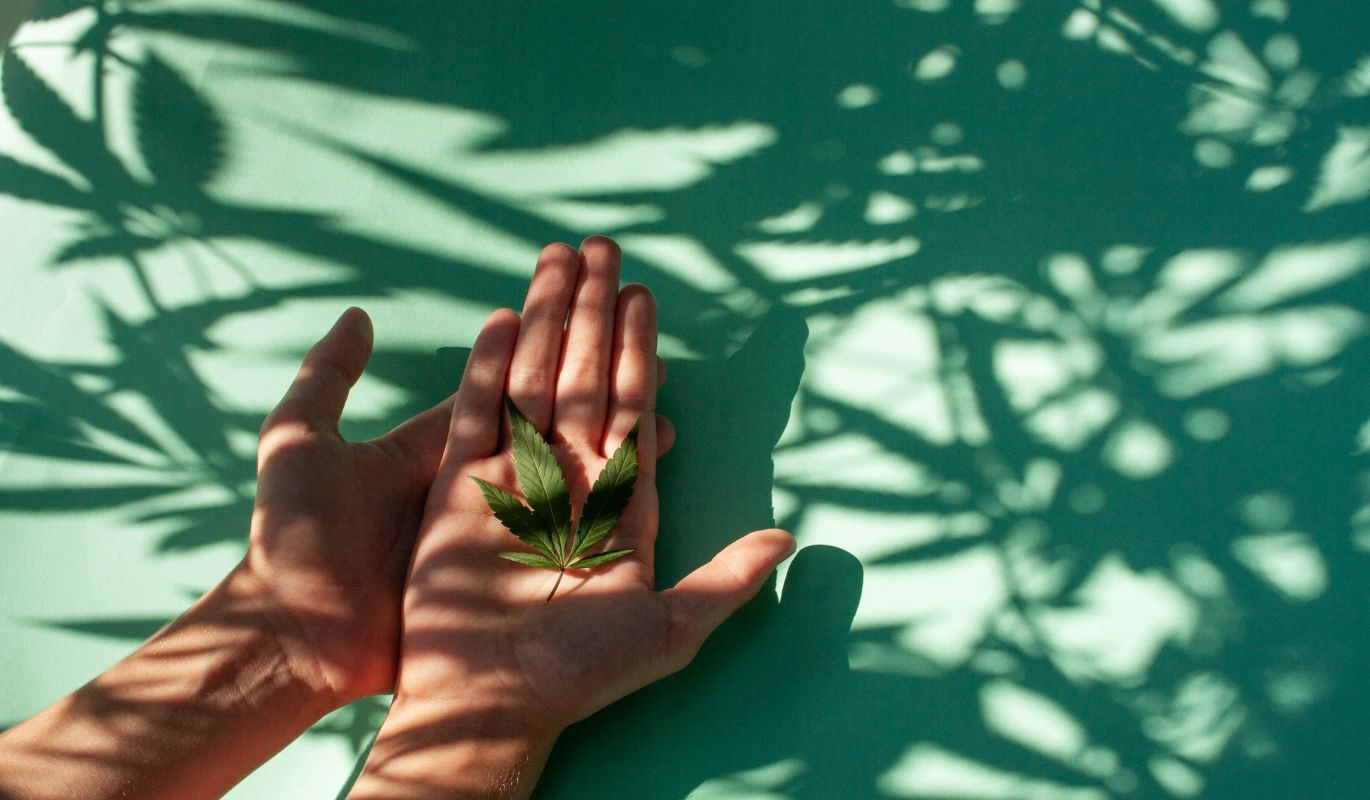
When it comes to sativa vs indica, there's plenty of confusion in the cannabis community. Let's examine some widespread misconceptions about these classifications and understand how they truly affect your smoking experience through a glass bong.
Debunking Myths
Many enthusiasts think they understand indica vs sativa effects perfectly. However, let's pause for a moment! The notion that indica invariably induces sedation while sativa always provides an energetic high isn't quite accurate. Here's what you need to know:
- Myth: Indica strains invariably cause drowsiness.
Reality: Though some indica-dominant varieties may promote relaxation, this isn't a universal truth.
- Myth: Sativa strains always enhance energy levels.
Reality: Effects can differ significantly based on the particular strain and individual response.
- Myth: You can tell indica and sativa plants apart by looking at them.
Reality: Visual characteristics don't reliably indicate effects or chemical makeup.
Current Scientific Understanding
While the indica vs sativa classification has been standard practice for years, research is revealing new insights. Here's what scientists have discovered:
- Chemical Composition: A strain's effects primarily stem from its cannabinoid and terpene profiles, not its indica or sativa designation.
- Genetic Diversity: Contemporary strains typically combine characteristics from both indica and sativa ancestries.
- Individual Factors: Your personal biochemistry, tolerance levels, and consumption method (such as bong vs joint) significantly impact your experience.
The Entourage Effect
The entourage effect is crucial for understanding cannabis effects. This phenomenon suggests that cannabis compounds work together synergistically. Here's its relevance to the sativa vs indica discussion:
- Terpenes: These aromatic molecules influence overall effects more significantly than simple indica or sativa labels.
- Cannabinoid Ratios: The proportion of THC, CBD, and other cannabinoids significantly determines strain effects.
- Personalised Experience: The entourage effect creates unique responses for each user, making broad indica vs sativa categorisations less meaningful.
Indica vs Sativa for Medical Use
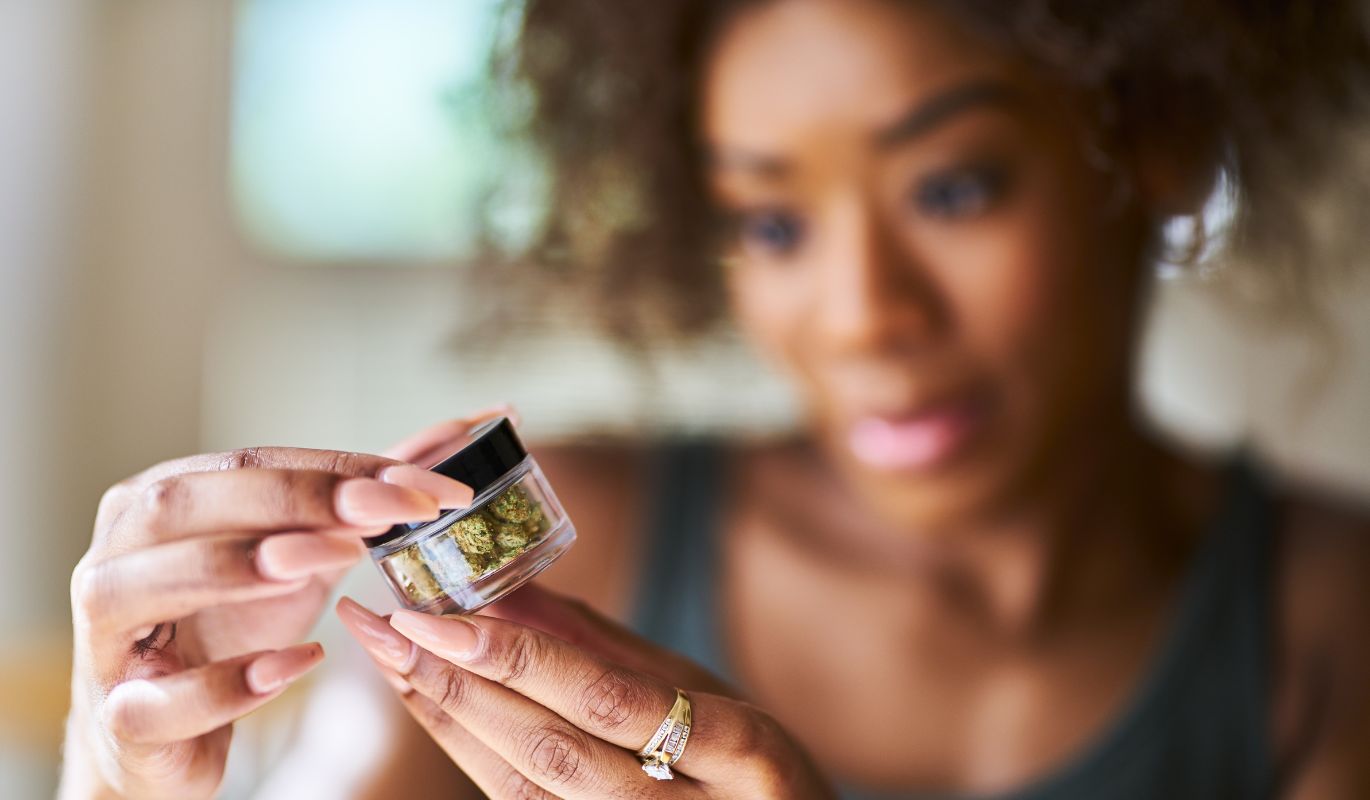
Understanding the fundamental differences between indica vs sativa strains is essential for medical cannabis patients seeking optimal therapeutic benefits. Let's delve into how these distinct strains can address various medical conditions and why professional guidance is vital for successful treatment.
Conditions Suited for Indica Strains
Indica strains are celebrated for their calming and sedative properties, making them particularly valuable for specific medical conditions. These varieties typically boast higher CBD concentrations, enhancing their therapeutic potential. Here are conditions where indica strains often prove beneficial:
- Management of persistent pain
- Sleep-related disorders and insomnia
- Anxiety and stress management
- Relief from muscle tension and spasms
- Appetite enhancement and nausea control
For patients seeking relief from physical discomfort or struggling with sleep disorders, indica strains with CBD often emerge as the preferred choice in the sativa vs indica debate, offering profound relaxation and comfort.
Conditions Suited for Sativa Strains
In the indica vs sativa comparison, sativa strains stand out for their invigorating and mood-elevating effects. These varieties typically contain higher THC levels and can effectively address different medical concerns. Here are conditions where sativa strains may be particularly helpful:
- Management of depression and mood fluctuations
- Combat fatigue and energy depletion
- Concentration and ADHD-related challenges
- Relief from chronic fatigue syndrome
- Support for weight management through appetite control
Sativa-dominant varieties excel at enhancing mood, boosting energy, and sharpening mental focus. For those managing mental health concerns or seeking daytime relief without drowsiness, sativa strains with THC often prove more suitable.
Importance of Consulting a Healthcare Professional
While understanding sativa vs indica differences is valuable, professional medical guidance remains crucial when using cannabis therapeutically. Here's why expert consultation matters:
- Customised treatment strategies: Healthcare providers can recommend specific strains and dosages based on your unique condition and medical background.
- Medication interaction awareness: Medical professionals can identify and prevent potential conflicts between cannabis and other medications.
- Regulatory compliance: Healthcare providers ensure your cannabis use aligns with local laws and regulations.
- Progress monitoring: Regular medical consultations allow for treatment assessment and necessary adjustments.
- Usage education: Professional guidance covers consumption methods, timing, and potential side effects to optimise benefits whilst minimising risks.
Keep in mind that the indica vs sativa classification is just one component in selecting the appropriate medical cannabis strain. Multiple factors influence the effectiveness of your treatment, including the specific cannabinoid and terpene profiles, your unique body chemistry, and the particular symptoms you're experiencing.
By collaborating closely with healthcare professionals and gaining a deeper understanding of sativa vs indica characteristics, you can develop a personalised cannabis treatment strategy that effectively addresses your specific medical requirements and enhances your overall wellbeing.
Consumption Methods: Indica vs Sativa
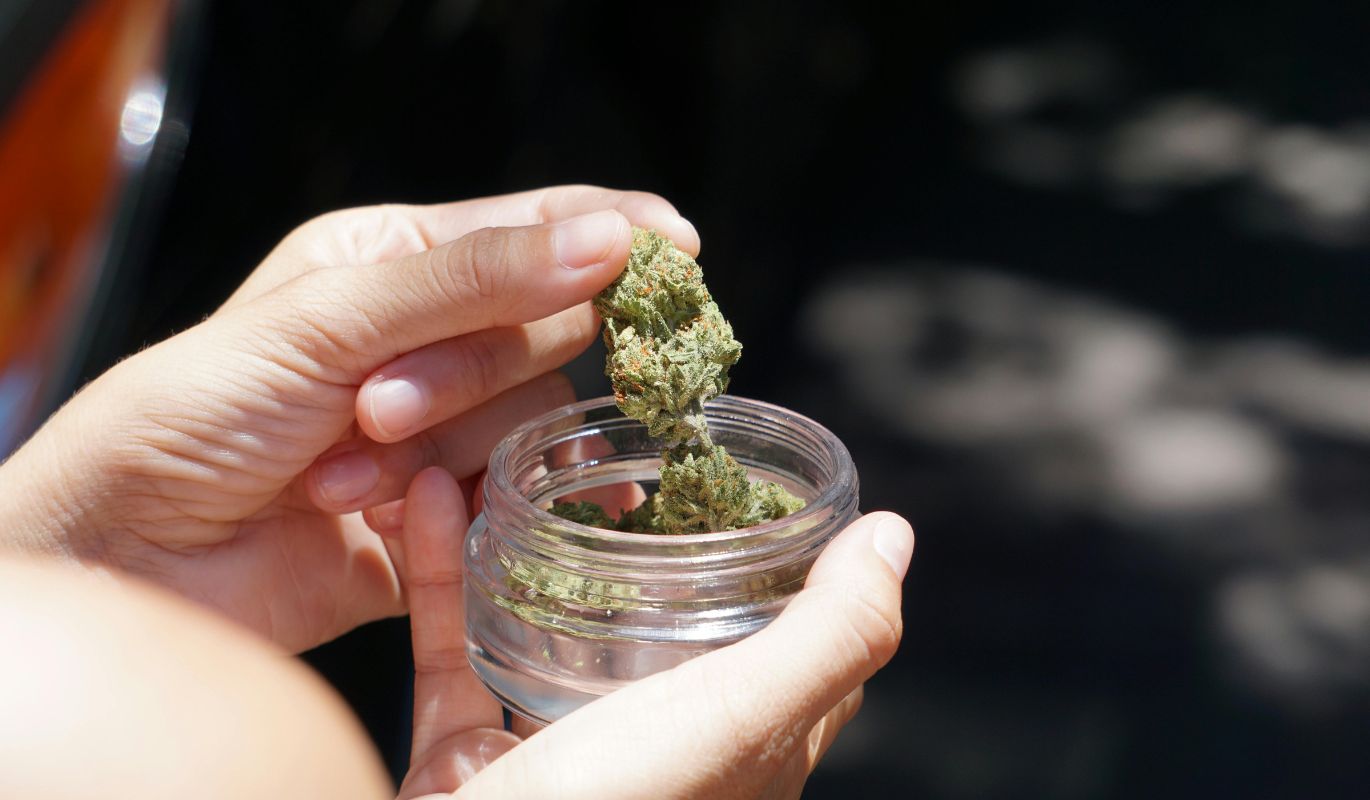
Grasping the key distinctions between Indica and Sativa strains is essential for cannabis users. Each variety delivers specific effects and advantages, while the consumption method can significantly shape the overall experience. Let's explore various ways to consume cannabis and how they relate to sativa vs indica.
Smoking
Smoking remains a traditional favourite for cannabis consumption. When comparing indica vs sativa, strain selection notably influences the smoking experience. Indica strains typically deliver calming effects, making them suitable for nighttime use. Conversely, sativa varieties offer energising properties, ideal for daytime consumption. Whether using a joint, pipe, or bong, understanding each strain's effects can optimise your smoking session.
Vaping
Vaping presents a contemporary alternative to smoking, delivering a purer and more regulated experience. When weighing sativa vs indica for vaping, remember that Sativa strains typically produce a mental high, often boosting creativity and concentration. Indica strains generally provide a physical high, promoting relaxation and tension relief. Vaping enables users to appreciate the distinctive flavours and scents of each strain, making it a preferred choice among cannabis enthusiasts.
Edibles
Edibles offer a subtle and enduring method of cannabis consumption. The effects of indica vs sativa in edible form can differ markedly from smoking or vaping. Indica edibles are frequently chosen for their sedating effects, potentially aiding sleep and relaxation. Sativa edibles, alternatively, may deliver uplifting effects, suitable for social situations or creative pursuits. It's vital to begin with minimal doses and exercise patience, as edibles typically take longer to show effects.
Tinctures and Oils
Tinctures and oils provide a precise and adaptable way to consume cannabis. When exploring sativa vs indica tinctures, users experience different effects based on strain selection. Sativa tinctures might deliver an energising experience, often used to boost mood and vitality levels. Indica tinctures are typically selected for their calming properties, helping to reduce pain and anxiety. These products work effectively under the tongue or mixed into food and drinks, offering consumption flexibility.
Legal Considerations in Australia
When exploring cannabis varieties, particularly the sativa vs indica distinction, understanding the legal framework is essential. Let's examine the Australian legal landscape surrounding these cannabis classifications.
Brief Overview of Legality
The legal status of cannabis, whether sativa or indica strains, remains intricate in Australia. While medical cannabis has seen progress, recreational use of any variety remains prohibited nationwide. It's crucial to understand that unauthorised possession or cultivation of either sativa or indica plants can result in serious legal repercussions.
Importance of Knowing Local Laws
Understanding local laws regarding sativa and indica varieties is vital for several reasons:
- Legal compliance: Lack of legal knowledge isn't a valid defence. Understanding regulations helps ensure compliance.
- Medical access: For those seeking medical cannabis, understanding the legal framework facilitates proper access.
- Community responsibility: Knowledge of indica and sativa laws promotes responsible cannabis practices.
Medical vs Recreational Use Regulations
The regulatory framework differs significantly between medical and recreational use:
Medical Use
- Australia legalised medical cannabis in 2016, permitting access to both sativa and indica varieties for specific conditions.
- Patients require prescriptions from authorised healthcare providers to access medical cannabis products.
- The Therapeutic Goods Administration (TGA) manages the medical cannabis programme, ensuring quality standards for all products.
Recreational Use
- Recreational use of cannabis, regardless of sativa or indica classification, remains illegal throughout Australia.
- Penalties for possession vary by jurisdiction, ranging from monetary fines to imprisonment.
- Some regions have implemented minor drug offence programmes, emphasising rehabilitation over punishment.
Understanding these legal nuances is fundamental for anyone interested in the indica vs sativa discussion. While both varieties have recognised therapeutic applications in medical settings, recreational use remains prohibited. As legislation evolves, staying informed about local sativa and indica regulations is crucial for making informed decisions.
Conclusion
Recap of Key Differences
Understanding the fundamental distinctions between sativa vs indica cannabis varieties is essential for enthusiasts. Whilst indica strains are renowned for delivering calming, physical effects, sativa strains typically offer invigorating, mind-focused experiences. However, these broad categorisations aren't always reliable, given the intricate nature of cannabis genetics and individual physiological responses.
Importance of Personal Experience in the Sativa vs Indica Journey
Though grasping the basic contrasts between indica vs sativa is valuable, individual experience remains paramount in discovering suitable strains. Each person's endocannabinoid system responds uniquely to various cannabis compounds. Testing different varieties, including hybrid strains that combine indica and sativa properties, helps determine what best suits your intended outcomes and daily routine.
Future of Cannabis Strain Classification
The conventional indica vs sativa classification system is transforming as cannabis research advances. Future categorisation may emphasise specific cannabinoid and terpene profiles rather than simple indica or sativa labels. This progression towards a more sophisticated approach will offer consumers more precise information about potential effects and therapeutic advantages, moving past the basic sativa vs indica distinction.
As cannabis industry expansion continues and research develops, we anticipate more sophisticated classification methods. This evolution will benefit both recreational and medicinal users in making more educated decisions about their cannabis consumption, whether they prefer using a premium glass bong or alternative intake methods.
Remember, whether you're exploring indica-dominant, sativa-dominant, or hybrid varieties, your smoking experience can be enhanced using top-quality accessories. At Glass Bongs Australia, we provide an extensive selection of superior bongs and accessories to complement your cannabis journey, regardless of your preference within the indica vs sativa spectrum.
FAQs
Curious about sativa vs indica? We've compiled these frequently asked questions to help you understand the key differences between these cannabis varieties:
Q. What's the fundamental difference between sativa vs indica?
The core distinction between sativa and indica lies in their effects and physical attributes. Indica varieties typically deliver a calming, physical-focused experience, often creating a deeply relaxing "couch-lock" sensation. They're commonly used for pain management, anxiety relief, and sleep enhancement. Sativa strains, by contrast, generally provide an invigorating, mind-focused experience, potentially boosting creativity and mental clarity. Physically, indica plants are typically shorter with wider leaves, whilst sativa plants grow taller with slender leaves.
Q. Is it possible to combine indica and sativa strains?
Indeed! Blending indica vs sativa strains, known as creating a "hybrid," is widely practised. Many enthusiasts find that combining strains allows them to tailor their experience, balancing indica's relaxing properties with sativa's uplifting effects. However, it's essential to begin with modest amounts and understand how individual strains affect you before experimenting with combinations.
Q. How can I determine which strain suits me best?
Choosing the right strain depends on several factors, including your intended effects, tolerance levels, and any existing medical conditions. Consider your objectives - whether that's relaxation, pain relief, mental focus, or creative enhancement. Begin with lower THC concentrations and gradually explore different varieties. Seeking advice from a knowledgeable professional can provide personalised recommendations based on your specific requirements.
Q. Do all indicas sedate and all sativas energise?
While indica strains typically correlate with sedation and sativas with stimulation, this isn't an absolute rule. Effects can vary based on individual body chemistry, dosage, and specific strain characteristics. Some indica-dominant varieties might provide more uplifting effects, while certain sativa-dominant strains could induce relaxation. Research individual strains and monitor your personal responses carefully.
Q. What are the growing technique differences between indica and sativa plants?
Growing indica vs sativa plants presents unique challenges due to their distinct physical characteristics. Indica varieties typically have a shorter flowering period (6-8 weeks) and develop into bushier, more compact plants, making them well-suited for indoor cultivation. Sativa plants require a longer flowering cycle (10-12 weeks) and can grow remarkably tall, sometimes reaching 6 metres. This makes them more challenging for indoor growing but potentially ideal for outdoor cultivation in appropriate climates.
Q. Is sativa or indica better?
When comparing sativa vs indica, there's no definitive "better" option - it's entirely dependent on your personal needs and desired effects. Sativa strains typically deliver energising, uplifting effects that spark creativity and focus, whilst indica strains are renowned for their relaxing, sedating properties. Your choice between indica vs sativa should align with your intended experience and any specific symptoms you're looking to manage.
Q. Indica high vs sativa high: How Do They Differ?
The indica high is characteristically described as a "body high," delivering profound relaxation, sedation, and potential pain relief - perfect for unwinding after a long day or preparing for sleep. Conversely, the sativa high manifests as more of a "head high," typically fostering enhanced energy, creativity, and mental clarity, making it ideal for daytime use or social gatherings.
Q. What's the difference between indica and sativa edibles?
When comparing indica vs sativa edibles, the effects mirror those of smoking or vaping but often with greater intensity and duration. Indica edibles typically produce a more pronounced body high and sedation, whilst sativa edibles tend to deliver a more cerebral, energetic experience. However, it's crucial to note that edible effects can be quite unpredictable and vary significantly between individuals.
Q. Indica vs sativa for pain relief: Which is better?
Typically, indica strains are considered superior for pain relief, owing to their higher CBD content and relaxing properties. They're particularly effective for managing chronic pain, inflammation, and muscle tension. However, certain sativa strains can also provide pain relief, especially for migraines or nerve-related discomfort. It's advisable to experiment carefully to determine which type best addresses your specific pain needs.
Q. What are the plant description differences between indica and sativa?
Physically, indica and sativa plants exhibit distinct characteristics. Indica plants tend to be shorter and bushier with broader leaves, featuring a shorter flowering cycle and thriving in cooler climates. In contrast, sativa plants typically grow taller and lankier with narrow leaves, require a longer flowering cycle, and prefer warmer climates.
Q. How do the cannabinoid profiles of indica and sativa compare?
The cannabinoid profile of individual strains can vary significantly. Indica strains generally boast a higher CBD to THC ratio, contributing to their relaxing and pain-relieving properties. Sativa strains typically feature a higher THC to CBD ratio, accounting for their energising and cerebral effects. However, modern hybridisation has increasingly blurred these distinctions, making it possible to find indica-dominant strains with high THC or sativa-dominant strains with high CBD.

